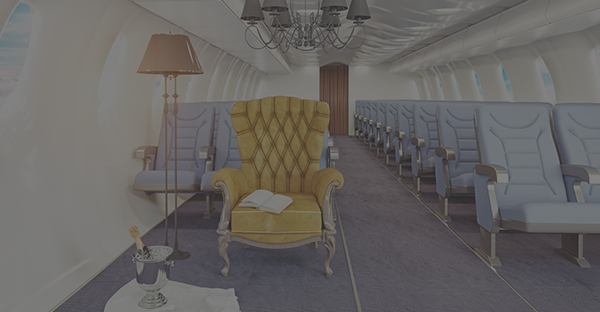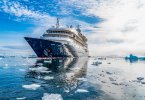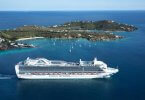Studies suggest that flying is a relatively lower-risk activity, and millions are traveling by plane over the holidays. But the picture is not complete. Here’s what the science says about mitigating exposure.


By Tariro Mzezewa Nov. 25, 2020
A day after the Centers for Disease Control and Prevention urged Americans to stay home for Thanksgiving, more than one million people in the United States got on planes, marking the second day that more than a million people have flown since March. Nearly three million additional people have flown in the days since.
The high number of travelers speaks to a sense of pandemic fatigue that many people are experiencing. For some, the desire to see family is worth the risk of potentially getting the coronavirus while traveling.
But it’s important to remember that the current number of people flying, while increasing, pales in comparison to the number who still find the idea of getting on a plane frightening. In the 11-day period around Thanksgiving last year, a record 26 million people flew. This year, fewer than half that number are likely to travel.
How safe is flying? Numerous studies on that question have been published in the months since the pandemic brought travel to a halt in March. Many of them suggest that the risk of contracting coronavirus while flying is very low.
Infectious disease, health care and aerospace engineering experts say that the studies — by the Defense Department, United Airlines, Delta Air Lines and others — are accurate, in part, but they all have limitations.
One much-publicized study on flying, conducted by the Defense Department, found that “overall exposure risk from aerosolized pathogens, like coronavirus, is very low” and concluded that a person would have to be sitting next to an infectious passenger for at least 54 hours to get an infectious dose of the virus through the air. But the “54-hour” number has since been removed from the report at the request of the authors, who worried it was being misinterpreted.
Although there has been no evidence of plane flights causing many super-spreader events, there have been cases of transmission. In September, a man flying from Dubai to New Zealand tested negative for the virus, but was, in fact, infected and passed it on to other passengers. The flight had 86 passengers and seven of them tested positive for the virus when they arrived in New Zealand, despite having worn masks and gloves. The seven passengers had been sitting within four rows of each other and the virus’s genetic sequence in six of seven of the positive passengers was identical.
In October, Irish officials, in a report in Eurosurveillance, a journal published by the European Centre for Disease Prevention and Control, said that 13 of 49 passengers on a 7½-hour flight to Ireland tested positive for the virus, and another 46 who came in contact with the passengers in Ireland became infected.
How can you make sense of the science? What are the risk points? Here’s what we know.
What do the numbers tell us?
Or, more accurately, what don’t they tell us? We know that the coronavirus has been transported by people traveling from one place to another on planes, but we don’t know exactly how many people have contracted the virus on a plane, epidemiologists and aviation experts said. In order to know how many people caught the virus on a single flight, everyone on the flight would have to be tested as soon as they got off.
“The people who are positive as soon as they got off a plane, were probably positive during their flight,” said David Freedman, an infectious disease doctor at the University of Alabama at Birmingham.
All the passengers would then need to be tested several times over a few weeks while they were isolated to ensure they didn’t get the virus after landing.
Everyone agrees airplane air is well-filtered.
Experts from various fields agree that the air on a plane cabin is filtered very well and the chances of getting the coronavirus while on a plane in flight are low. That’s because most planes have what are known as high-efficiency particulate air filters. H.E.P.A. is a designation describing filters that can trap 99.97 percent of particles that are at least 0.3 microns in size.
“Hospital-grade filtration occurs and there are standards associated with that,” said Michael Popescu, a principal aerospace aircraft systems engineer, adding that the fiberglass sheets that make up the filters on planes have diameters between half a micron and two microns.CORONAVIRUS BRIEFING: An informed guide to the global outbreak, with the latest developments and expert advice.Sign Up
Air is pushed through the filter and particles are trapped inside. Smaller particles are slowed down and kept from passing through the filter when they meet with molecules of gas, increasing the chances of their being trapped. Viruses like the coronavirus are smaller than the filters, but they tend to cluster on the larger droplets of moisture that get trapped.
Most planes recycle 25 to 30 percent of cabin air. The air being recycled passes through the H.E.P.A. filter which traps virus particles. The other 70 to 75 percent of air is evacuated overboard every couple of minutes, meaning there is new air in the cabin every two to five minutes, depending on the size of the plane.
“The air circulation on a plane is better than in an office building, better than your apartment because the air is changed more times per hour — most planes change several times per hour, plus it’s filtered, which isn’t the case in your office or apartment,” Dr. Freedman said.







